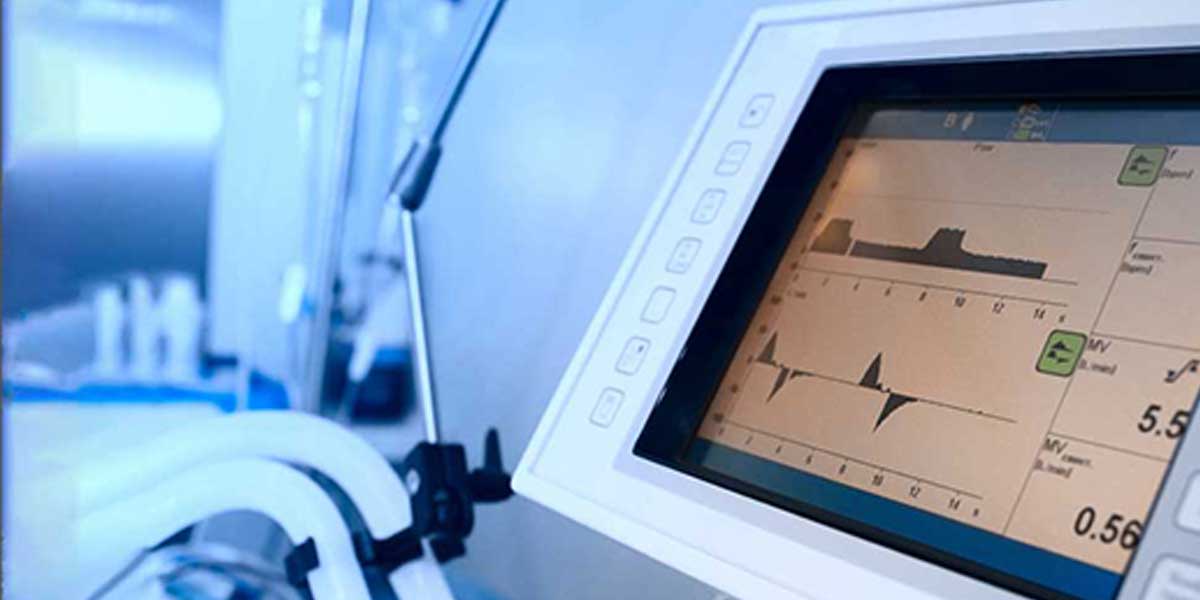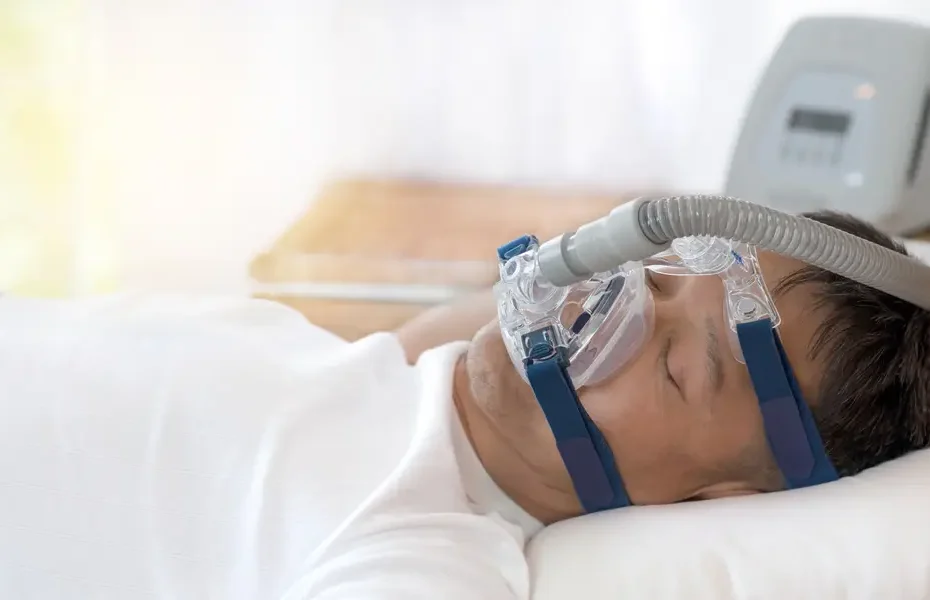The significance of ventilators in the world of modern medicine cannot be overstated. These remarkable devices have played a pivotal role in saving countless lives, especially during the ongoing global health crisis. In this comprehensive guide, we delve into the intricate workings and the transformative impact of ventilators.
Understanding Ventilators: A Lifesaving Marvel
Ventilators, often referred to as mechanical ventilators or respirators, are life-support devices that assist individuals with impaired or compromised respiratory function. They are instrumental in delivering oxygen to the lungs and removing carbon dioxide from the body. Let’s explore the key aspects of these medical marvels.
How Ventilators Work
Ventilators function by delivering controlled breaths to the patient. A tube is inserted into the patient’s airway, and the machine administers a precise mixture of oxygen and air. These mechanical breaths mimic the body’s natural respiratory process, ensuring an adequate exchange of gases in the lungs.
Ventilators in Critical Care
Ventilators find extensive use in critical care situations, such as in intensive care units (ICUs) and emergency rooms. Patients suffering from severe respiratory distress due to various conditions, including pneumonia, acute respiratory distress syndrome (ARDS), and even the effects of COVID-19, often rely on ventilators to support their breathing.
The Importance of Customization
One of the most remarkable features of modern ventilators is their ability to be customized for each patient’s unique needs. Parameters like breath rate, volume, and oxygen concentration can be adjusted to cater to the specific requirements of the individual, ensuring optimal care.
The Evolution of Ventilators
Ventilators have come a long way since their inception. From basic models to highly sophisticated devices, their evolution has been driven by advancements in technology and medical research. The journey of ventilators reflects the constant pursuit of excellence in patient care.
Early Ventilation Devices
The concept of mechanical ventilation dates back to ancient civilizations, but it wasn’t until the mid-20th century that modern ventilators began to emerge. Early devices were rudimentary and had limited capabilities.
Technological Advancements
Over the decades, technology has played a crucial role in enhancing ventilator design and functionality. Today’s ventilators are equipped with microprocessors, touchscreen interfaces, and sophisticated algorithms to ensure precise and effective treatment.
Ventilators in the Pandemic Era
The COVID-19 pandemic underscored the vital role of ventilators in healthcare. With an unprecedented demand for these devices, manufacturers worldwide mobilized to increase production. Ventilator technology reached new heights, with a focus on portability and ease of use.
Ventilators: A Beacon of Hope
In critical medical situations, ventilators are often the difference between life and death. Their ability to provide consistent and precise respiratory support has saved countless lives. As medical science continues to progress, we can expect even more advanced and efficient ventilators to emerge, further improving patient outcomes.

Ventilators are not just machines; they represent the dedication of medical professionals and the spirit of innovation. They are a symbol of hope, ensuring that even in the most challenging circumstances, we can provide the best possible care to those in need.
Troubleshooting Common Issues with a Ventilator
In the fast-paced world of healthcare, a ventilator is a lifesaving device that provides critical support for patients with respiratory issues. However, like any other piece of technology, ventilators can encounter problems. In this article, we will explore common issues that may arise when using a ventilator and provide solutions to troubleshoot them effectively.
- Ventilator Not Powering On
If your ventilator fails to power on, the first step is to check the power source. Ensure that the power cord is securely plugged into both the ventilator and the electrical outlet. If the power source is confirmed, and the ventilator still doesn’t start, consider testing it with a different power cord to rule out any cable issues. If the problem persists, consult the manufacturer or a qualified technician for further diagnosis.
- Alarming Alarms
Ventilators are equipped with various alarms to alert medical professionals to critical issues. If you encounter alarming alarms, such as high-pressure alarms, low-pressure alarms, or disconnection alarms, it’s essential to act swiftly. First, check the patient’s condition and ensure their airway is clear. If the alarms persist, consult the user manual to identify the specific alarm code and follow the recommended troubleshooting steps.
- Inadequate Ventilation
Inadequate ventilation can be a life-threatening problem. If the patient isn’t receiving sufficient air, check the tubing and connections for any obstructions. Ensure that the ventilator settings, including tidal volume and respiratory rate, are appropriate for the patient’s needs. If the issue continues, it may be due to a malfunction in the ventilator’s internal components, necessitating professional assistance.
- Unusual Sounds
Unusual sounds coming from a ventilator can be a cause for concern. These may include rattling, hissing, or loud mechanical noises. To address this issue, inspect the ventilator for loose parts or foreign objects. Tighten any loose components and remove any obstructions. If the sounds persist, contact the manufacturer for guidance or arrange for a technician to perform a thorough inspection.
- Display Errors
If the ventilator’s display shows error messages or malfunctions, document the specific error code or message. Most ventilators have a built-in diagnostic system that provides valuable information about the problem. Refer to the user manual to interpret the error code and take the recommended actions. In some cases, a software update may be required to resolve the issue.
- Oxygen Supply Issues
Ventilators depend on a steady supply of oxygen to function properly. If there are issues with oxygen delivery, check the oxygen source, tubing, and connections for any blockages or leaks. Ensure the oxygen flow rate is within the prescribed range. In cases of oxygen supply disruption, switch to a backup oxygen source while addressing the primary issue.
In conclusion, the power of a ventilator is immeasurable. These devices have revolutionized the field of respiratory care and continue to be a cornerstone of modern medicine. As we look to the future, we can be certain that ventilators will remain at the forefront of saving lives and promoting better health worldwide.
